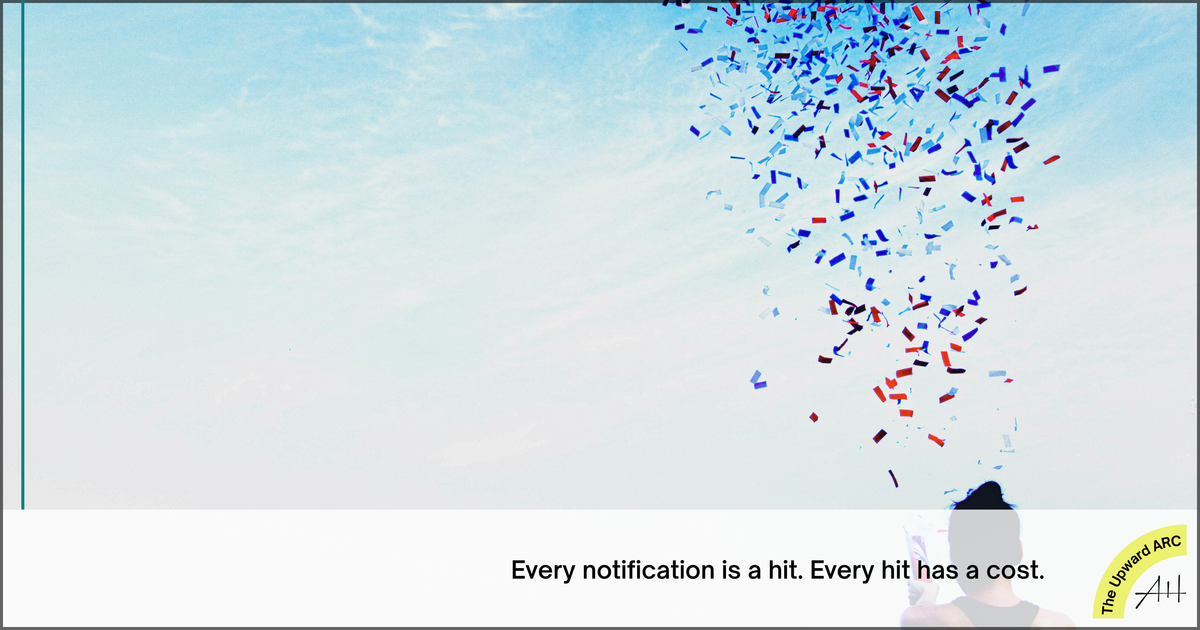Your Dopamine Addiction Is Destroying Your Career (Triggered by the headline? Read on.)
Many high performers think they’re optimizing, but they’re just frying their dopamine system. From hospital coffee to productivity apps and nicotine pouches, the addiction spectrum is wider than we admit. Here’s how to protect your focus before it burns out.

This post is for members only
Already have an account? Sign in.
